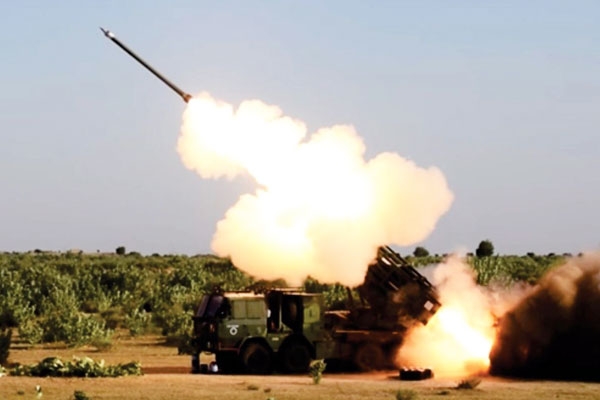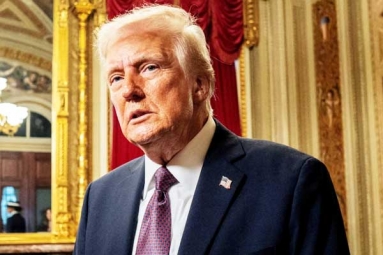
(Image source from: x.com/SpokespersonMoD)
France's interest in India's Pinaka multiple rocket system has recently come into focus. This may have surprised many observers, but anyone who follows France's defense situation closely will see that this interest began in early 2022, largely in response to the Russia-Ukraine conflict. Defense cooperation has long existed between India and France, and France, which is currently one of India's major arms suppliers, has worked to further strengthen this relationship. The India-France Defense Industrial Roadmap 2023 reflects this goal, although many details remain under wraps. High-level diplomatic exchanges have further strengthened this cooperation, suggesting that it is more than just exports to India and the joint development of French weapons. It also opens the door for New Delhi to directly supply Paris with indigenous defense systems.
This mutual trust created a strong foundation for France to become India's second largest defense supplier, accounting for over 30% of India's imports. In addition, Paris is one of India's largest buyers of defense electronics after the USA. Given India's proven, advanced and cost-effective systems such as the Pinaka MLRS, France's interest in diversifying its defense capabilities by evaluating Indian systems is not surprising. France's request for an advanced rocket artillery system was first put forward by Army Chief of Staff Pierre Cyr, who stressed the need before the National Defense Committee in November 2023. Next, the French government plans to modernize its weapons, including: developing a new long-range MLRS by May 2024;
For many Western militaries, including France, Germany, Italy and the United Kingdom, first-generation rocket artillery was based on the High Mobility Artillery Missile System (HIMARS), which entered service in the 1990s and extended the attack range to -80 km These systems became an integral part of the first French artillery regiments and the LRU (Lance-Roquettes Unitaire) version of HIMARS was deployed in Paris. To meet the growing demand for artillery and military modernization in light of the Russia-Ukraine war, President Emmanuel Macron's government introduced the Military Planning Law (2030-2024), which envisages the construction of 13 long-range rifles by 2030. This law provides for 600 weapons before. Millions of euros for the purchase of artillery systems; 13 more long-range artillery systems are to be purchased by 2030. We plan to purchase 13 units by 2035. France's defense procurement agency, the General Directorate of Armaments (DGA), has since scrutinized artillery systems around the world. Considerable attention is paid to HIMARS' performance in Ukraine and Pinaka's role in the ongoing conflict between Armenia and Azerbaijan over Nagorno-Karabakh.
France has so far delivered six LRUs to Ukraine to replace its artillery reserves, whose fleet has been significantly reduced, especially after the post-Cold War period, when only about 15 units were modernized. With only nine LRUs left, France's missile artillery capabilities are severely limited. Briefing the Defense Council in 2023, General Schill noted that France needed an MLRS with modular capabilities capable of firing missiles at ranges of 120-150 to 500 km. With the military programming law in effect, France has the legal and financial basis to continue purchasing these capabilities.







